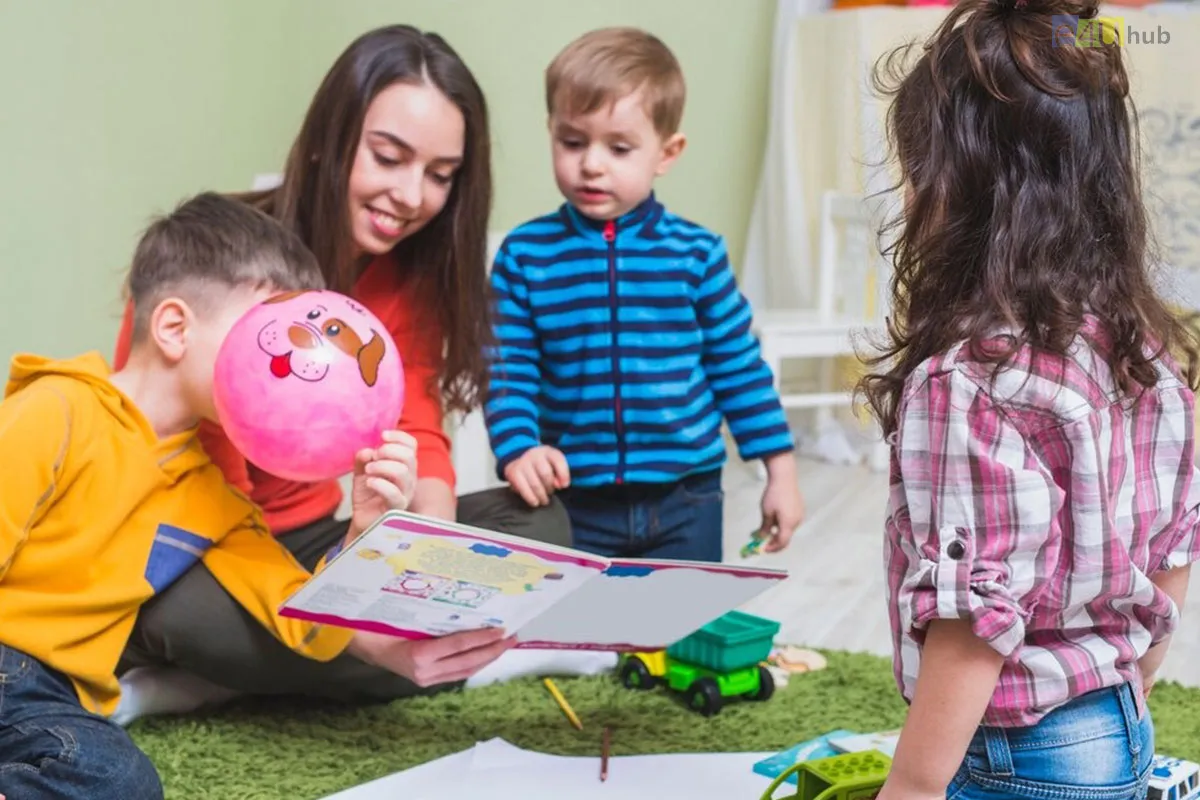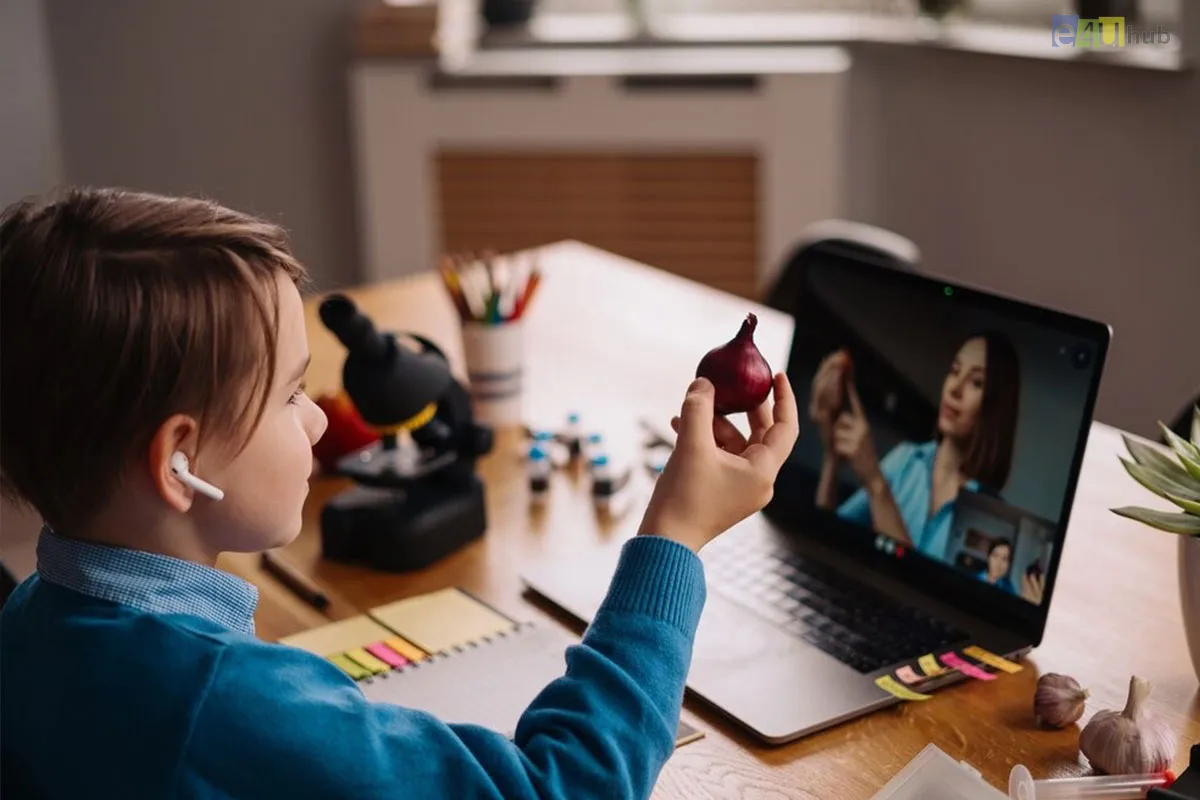
Teaching Critical Thinking: Strategies for the Modern Classroom
- 04 Nov, 2024
- Education
- 559 Views
- 0 Comments
In an age where information is abundant and opinions are diverse, critical thinking has become an essential skill for students. As educators, it’s our responsibility to equip learners with the ability to analyze information, evaluate arguments, and make reasoned decisions. This blog explores effective strategies for teaching critical thinking in the modern classroom.
1. Encourage Questioning
One of the most effective ways to foster critical thinking is to create an environment where questioning is encouraged. Students should feel comfortable asking questions, seeking clarification, and exploring ideas.
Strategies:
a. Socratic Method: Use open-ended questions to stimulate discussion and encourage students to think deeply about the subject matter. Instead of providing answers, guide them to explore their own thoughts.
b. Question Boards: Set up a space in the classroom where students can post their questions. This can create a culture of inquiry and allow for collaborative exploration of ideas.
2. Incorporate Problem-Based Learning (PBL)
Problem-based learning engages students in solving real-world problems, fostering critical thinking and collaboration. PBL challenges students to think critically about the information they encounter and apply their knowledge in practical situations.
Strategies:
a. Real-Life Scenarios: Present students with authentic challenges related to their lives or communities. Encourage them to research, brainstorm solutions, and present their findings.
b. Group Projects: Organize students into teams to tackle complex problems. This not only develops critical thinking skills but also enhances collaboration and communication.
3. Utilize Debate and Discussion
Debates and structured discussions encourage students to articulate their thoughts, consider opposing viewpoints, and develop reasoned arguments. This practice sharpens their ability to think critically and express themselves clearly.
Strategies:
a. Formal Debates: Assign topics relevant to the curriculum and allow students to take sides. This helps them understand multiple perspectives and think critically about their arguments.
b. Fishbowl Discussions: Use this technique to foster discussion among a small group of students while the rest observe. Rotate participants to ensure everyone engages in both speaking and listening roles.
4. Teach Media Literacy
In today’s digital world, the ability to critically evaluate information is paramount. Teaching media literacy helps students discern credible sources from misinformation and biases.
Strategies:
a. Source Evaluation: Teach students how to assess the credibility of sources, including checking for authorship, publication date, and potential biases.
b. Fact-Checking Activities: Encourage students to verify claims made in articles, social media, or news reports. This hands-on approach reinforces critical evaluation skills.
5. Integrate Reflective Practices
Reflection is key to developing critical thinking. Encouraging students to reflect on their learning experiences helps them analyze their thought processes and decisions.
Strategies:
a. Journals: Have students maintain reflective journals where they can express their thoughts on lessons, challenges, and insights gained. Prompt them with specific questions to guide their reflections.
b. Peer Feedback: Implement structured peer review sessions where students evaluate each other’s work. This not only builds critical thinking but also fosters a sense of community and collaboration.
6. Promote Creativity and Innovation
Encouraging creativity allows students to explore different perspectives and solutions, which is integral to critical thinking. Creative problem-solving challenges students to think outside the box.
Strategies:
a. Brainstorming Sessions: Organize activities where students can generate ideas without judgment. This can lead to innovative solutions and deeper analysis.
b. Design Thinking Projects: Use the design thinking framework to guide students through the process of empathizing, defining problems, ideating, prototyping, and testing solutions.
7. Model Critical Thinking
As educators, modeling critical thinking in our own practices can significantly influence our students. Demonstrating how to approach problems and analyze information encourages students to adopt similar mindsets.
Strategies:
a. Think-Alouds: Share your thought process during problem-solving. Explain how you analyze information and arrive at conclusions, making your reasoning visible to students.
b. Share Mistakes: Discuss your own mistakes and what you learned from them. This shows students that critical thinking involves continuous learning and adaptation.
8. Conclusion
Teaching critical thinking is essential for preparing students for the complexities of the modern world. By fostering an environment that encourages questioning, integrating problem-based learning, and promoting reflective practices, educators can equip students with the skills they need to analyze information and make informed decisions. In doing so, we prepare them not just for academic success, but for a lifetime of thoughtful engagement with the world around them.














Leave a Reply